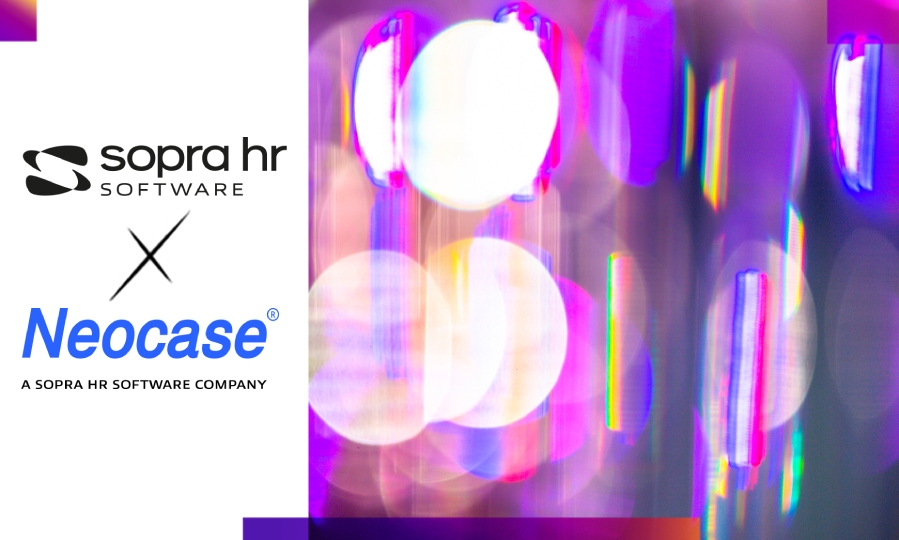HR TRENDS
Artificial Intelligence and HR: don't forget RPA!

SHARE THE ARTICLE ON

In recent years, machine learning, which includes predictive algorithms and generative AI, has dominated the Artificial Intelligence media scene. And rightly so, this type of technology promises major advances, and that includes for HR. But we shouldn't forget other types of AI, such as RPA (Robotic Process Automation). RPA is an older technology, but is currently experiencing a revival. It continues to offer decisive advantages, making it indispensable and complementary to AI tools based on machine learning.
Artificial Intelligence: 2 main groups of technology
The term "Artificial Intelligence" refers to a range of technologies that can be divided into two main categories:
- "Symbolic" AI dominated Artificial Intelligence research from the 1950s to the 1990s. This type of AI is based on deductive reasoning and on the modeling of knowledge. The use of knowledge in reasoning and learning as critical to producing intelligent behavior. This type of AI is based on "expert systems", which use rules to deduce conclusions from the input.
- "Connectionist" AI has dominated research from the 2000s on. It is based on an inductive, probabilistic approach and on machine learning. It generates its own rules based on the data it receives. This is the branch of AI that has boosted areas usually covered by symbolic AI and led to the development of new technologies, such as speech recognition, image processing, predictive algorithms, natural language analysis and Generative AI.
Symbolic AI can be found in Robotic Process Automation (RPA) solutions. In RPA, software robots are given specific tasks, mimicking the rules applied by humans. RPA is used in software packages developed by specialized vendors. This type of software is used in many areas, including human resources management, mainly to automate administrative tasks such as hiring, termination, etc.
Connectionist AI implements several types of learning (supervised, unsupervised, reinforcement, etc.) and models (statistical or neural networks). These include technologies used to develop predictive analytics solutions (to predict turnover, or the chances of successful recruitment), as well as Generative AI, which can be used to create content (for training, for example) or render knowledge in natural language to deploy conversational agents (to answer HR questions from employees, for example). There are also classification algorithms used in addition to payroll auditing tools based on predetermined rules.
Many people today mistakenly consider RPA to be outside the scope of Artificial Intelligence. It has, however, always clearly been a part of AI, and continues to evolve by leveraging the new capabilities offered by machine learning. We shouldn’t prioritize one type of AI over another just because it is the latest fashion, but rather take advantage of how they work together.
Automation, environmental footprint and explainability: the advantages of RPA
RPA solutions offer several advantages. Here we highlight what we consider to be the top three.
- Automation is what RPA is all about. There will always be an advantage in relieving HR of mundane tasks that can easily be modeled, require few decisions and are perceived as tedious. Where generative or predictive AI helps humans in activities that require complex decision-making or creativity, RPA allows you to delegate repetitive, time-consuming tasks to robots, freeing up time and making processes more robust by reducing the risk of error.
- The lower environmental footprint is another advantage of RPA over machine learning-based solutions. It uses far fewer resources. At a time when companies need to make an effort to control their carbon
footprint, we can expect that machine learning-based solutions will be used in situations where they will be the most efficient.
- Stability and explainability. An RPA robot will always react in the same way to an event. By examining the rules used, we can explain how the robot works. In machine learning, on the other hand, you don’t always get the same response. Also, depending on the model, the responses are very difficult to explain. Of course, this advantage will be null and void in those cases where the RPA is not needed, compared to another symbolic solution.
The future is IRPA (also known as IPA)
Software vendors tend to combine the two approaches, symbolic and connectionist, using methods from the different types of AI while involving the user at the appropriate moment to enhance the user experience and retain control. RPA is thus freed from its role of automating simple tasks by proposing autonomous agents that can profoundly transform and orchestrate processes. The notion of Intelligent RPA (IRPA) has a bright future ahead of it, particularly in terms of HR solutions.
Conversational agents can be made to select and even trigger robots based on the data collected. An agent can identify the user's intentions or expectations, before suggesting or directing the user towards the right robotic process. For example, an applicant contacts a recruiting company using a chatbot. Depending on their profile and responses, the data they provide will be fed into the correct process: continue recruitment or reject the applicant.
We can go even further, for example, by combining a conversational agent with AI specialized in intelligent document processing, which can detect that the employee has uploaded travel receipts. The conversational agent will then suggest that the expense report application be opened. If the employee accepts, an AI feature will pre-complete an expense claim based on data extracted from receipts and information provided by the employee during the conversation with the agent, taking into account the company's travel policy. The conversational assistant can also record a request for time off in everyday language, a request to change marital status, or a request for training, before moving on to a process set up by an RPA.
RPA is still alive and kicking! There are currently at least three main challenges:
- Extend the scope of traditional RPA. There are still processes and parts of processes that can be automated, and productivity, efficiency and reliability can be improved.
- Develop connections between RPA and other types of AI, to design autonomous agents that can transform organizations. You also need to ensure proper integration into the HR IT ecosystem (interoperability with current solutions, compliance with
security requirements, monitoring and data governance systems)
- Ensure widespread use, by encouraging more types of people to use RPA. RPA is not for IT experts only. HR administrators can also develop simple robots, using low-code design tools.
Implementing different types of AI will enable us to better meet companies’ needs in terms of HR management to enhance the user experience and make HR more efficient. As for RPA, it's a mature, proven technology with a high return on investment, making it easy to scale up. It can boost HR performance and is an integral part of the stable and low environment footprint AI family. Also, adopting RPA is the first step in implementing IRPA (or IPA), which is based on a more disruptive approach and technology, with greater benefits.




